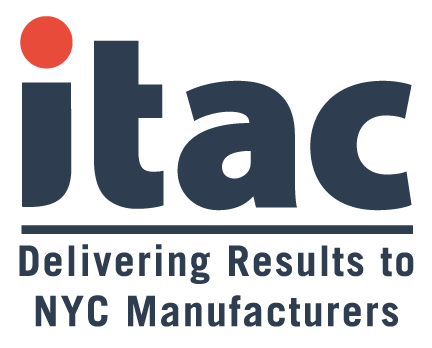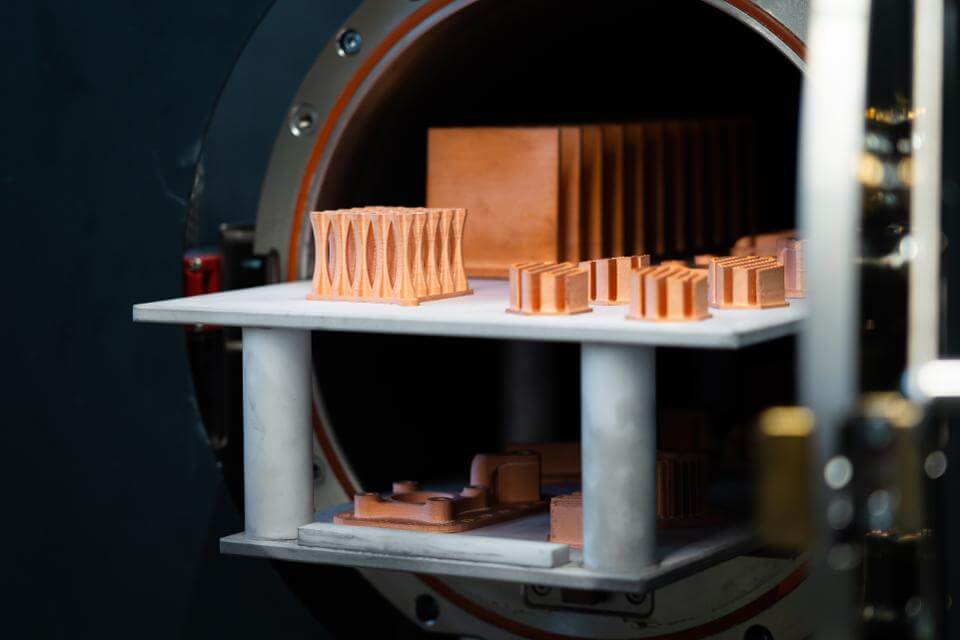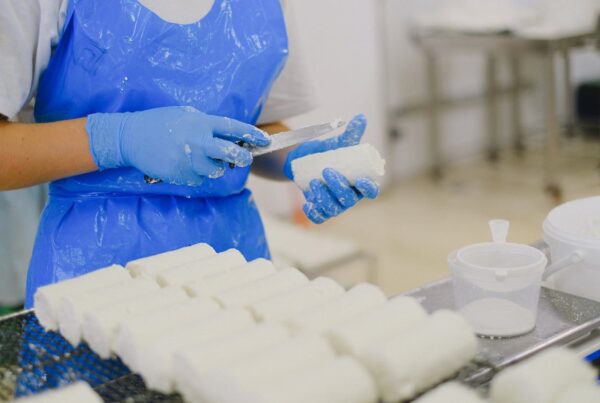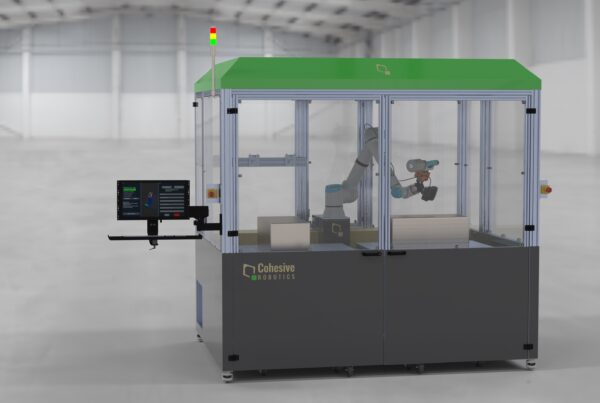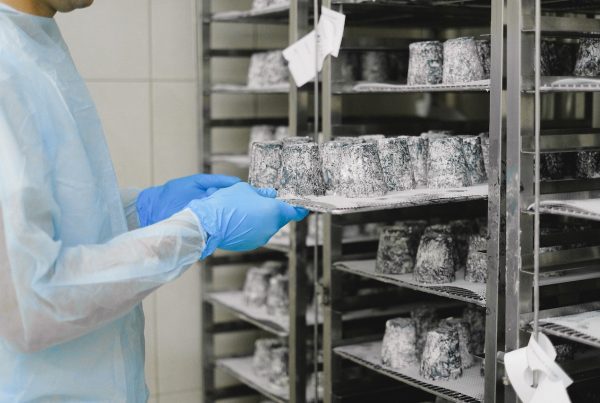A Massachusetts company has come up with a way it says will reduce automotive production and supply costs while boosting the efficiency of motors for electric vehicles by solving a previously unsolvable issue—successfully creating copper components with 3D printers.
Watertown, Mass.-based Markforged Inc. said Thursday it has come up with a way to print industrial parts made of pure copper using its Metal X system. It’s a big deal because copper is used for everything from welding tips to heat sinks and other components. But in a phone interview, Markforged CEO and founder Greg Mark explained the metal’s high degree of heat conductivity makes it tough to 3D print parts with it using the traditional laser-based process. A simple explanation is because copper reflects light so well it essentially also reflects away much of the energy needed to mold the part.
But Markforged figured out how to avoid that problem by changing the way copper powder is configured and heated.
“Instead of spreading it as a layer and using a laser to selectively melt parts of it, we wrap it in a plastic and we kind of shoot it out like a tiny glue gun and layer by layer built up the part,” explained Mark. “When we’re doing that we’re forming the shape of the part. We’re only melting the plastic, we’re not melting the copper. Then we take the copper and we put it in a furnace. We get rid of all the plastic and the copper sinters together.”
Mark says 3D printing provides the ability to create small, more complex, high tolerance parts economically eliminating the need for manufacturers to stockpile large quantities or buying and shipping them in from outside suppliers.
One example of how an automaker can save money while improving quality, he said, is the ability to 3D print its own copper welding shanks which are used to spot weld vehicle body parts. Mark points out that most large auto manufacturing plants might stock up to $1 million in spare shanks purchased from outside suppliers.
“Imagine if you could make smaller, tighter, more compact weld shanks you can get welds into tighter spaces in the car, which means you can either use less spot welds because you can get them closer to where you want to or you can make a more rigid frame which is great for performance cars,” he said.
One manufacturer the company declined to name has conducted several thousand test-welds using 3D printed copper parts and reported a reduction in part lead times by 12-fold and parts costs by a factor of 6.
Mark says electric vehicles can also benefit from 3D printing complex copper parts as the process can improve the performance of its motors.
“Electric motors have the same exact problem of, you want to get a high amount of power into them through copper but you need to keep them cool,” said Mark. “So if you can print the complex geometry with internal cooling channels you can get higher energy density, higher efficiency electric motors.”
Markforged doesn’t produce parts for automakers. It sells them complete 3D printing systems that include the printer, washing station and furnace. Systems range in price from $125-thousand to $160-thousand depending on the size of the furnace, Mark said.
The company says it has sold “hundreds” of 3D printers to what it terms “9 of the 10 highest-valued auto manufacturers in the world.”
The insight is from Forbes.com. You can read the full article by clicking here.
